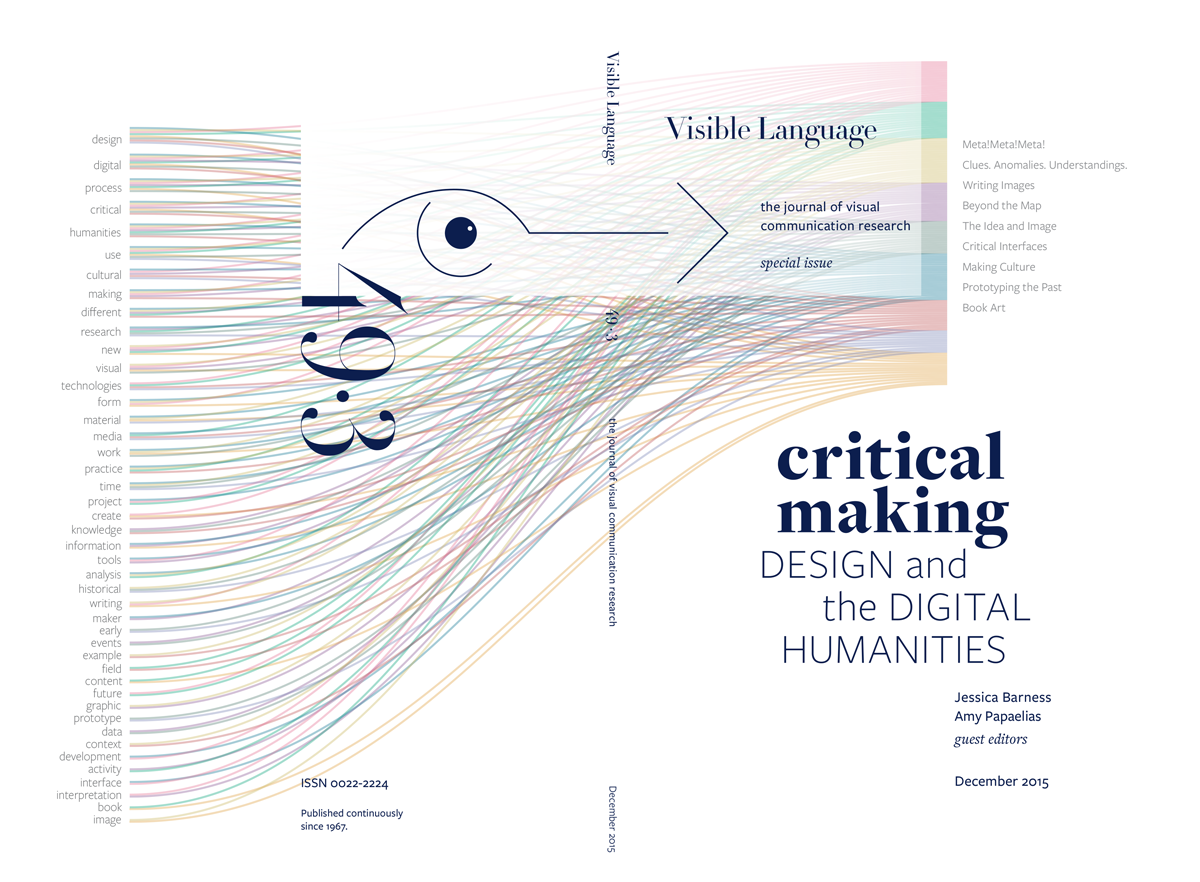Prototyping the Past
Abstract
This article outlines a methodology for combining media studies with rapid prototyping and computer numerical control (CNC) techniques premised on remaking technologies that no longer function, no longer exist, or may have only existed as fictions, illustrations, or one-offs. Called "prototyping the past," the methodology understands technologies as entanglements of culture, materials, and design, and it explains how and why technologies matter by approaching them as representations and agents of history. Informed by hermeneutics, it refuses to take historical materials at face value. It situates media history in a particular thing and the contradictory interpretations that thing affords. It also relies upon trial-and-error negotiation across modes of 2-D and 3-D production, creating media that function simultaneously as evidence and arguments for interpreting the past. Yet most important, prototyping the past does more than re-contextualize media history in the present. It integrates that history into the social, cultural, and ethical trajectories of design. To demonstrate the methodology, I detail how the "Kits for Cultural History" project at the University of Victoria prototypes absences in the historical record and prompts audiences to examine the conditions of that record. I then dedicate my attention to one Kit in particular: the "Early Wearables Kit," which remakes an 1867 electro-mobile jewelry piece from Paris. After interpreting the Early Wearables Kit from three different perspectives, I articulate eight ways to understand prototyping and media history together, with an emphasis on how prototyping the past stresses the contingent relations between matter and meaning.Downloads
Published
2015-11-01
Issue
Section
Journal Article

